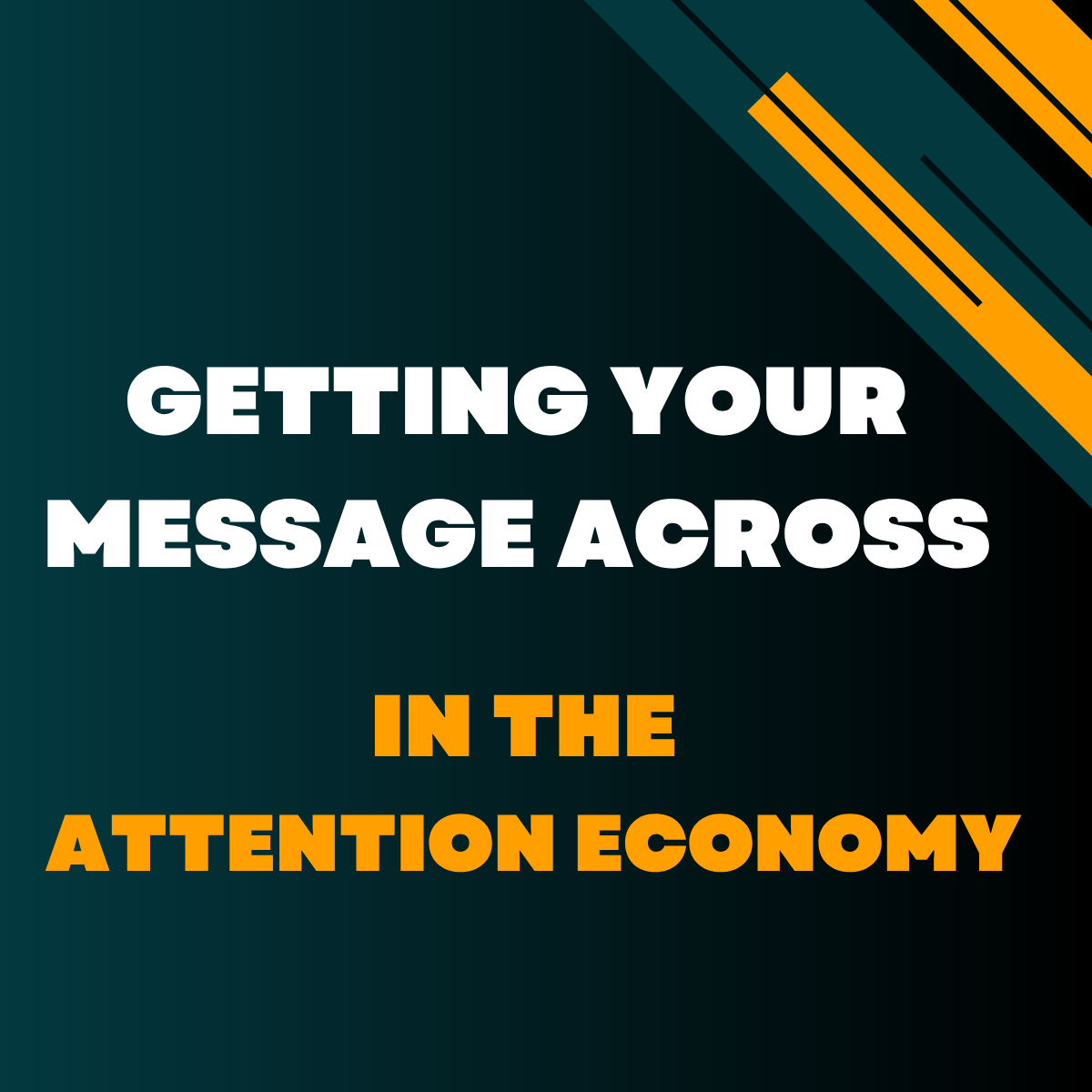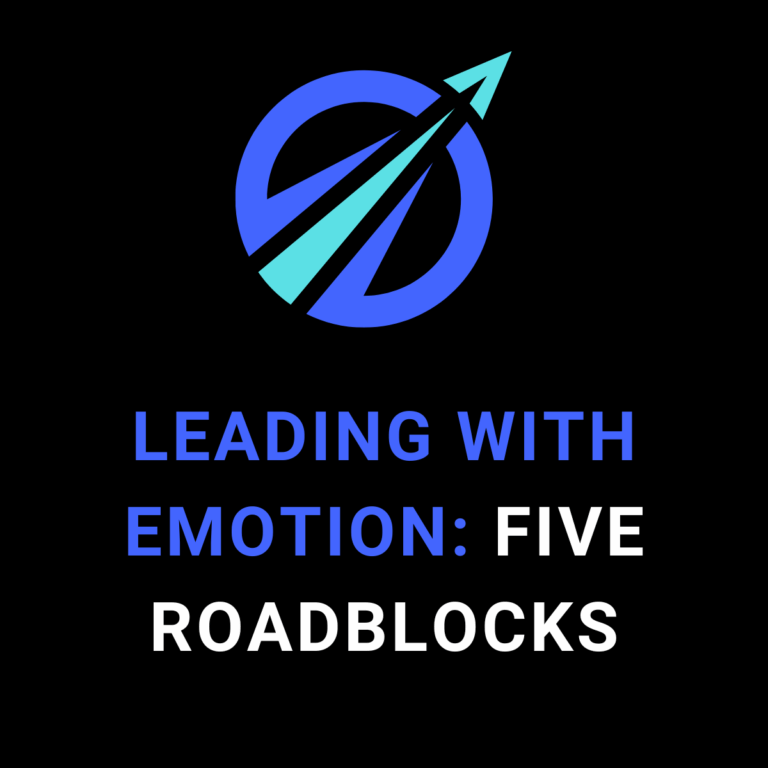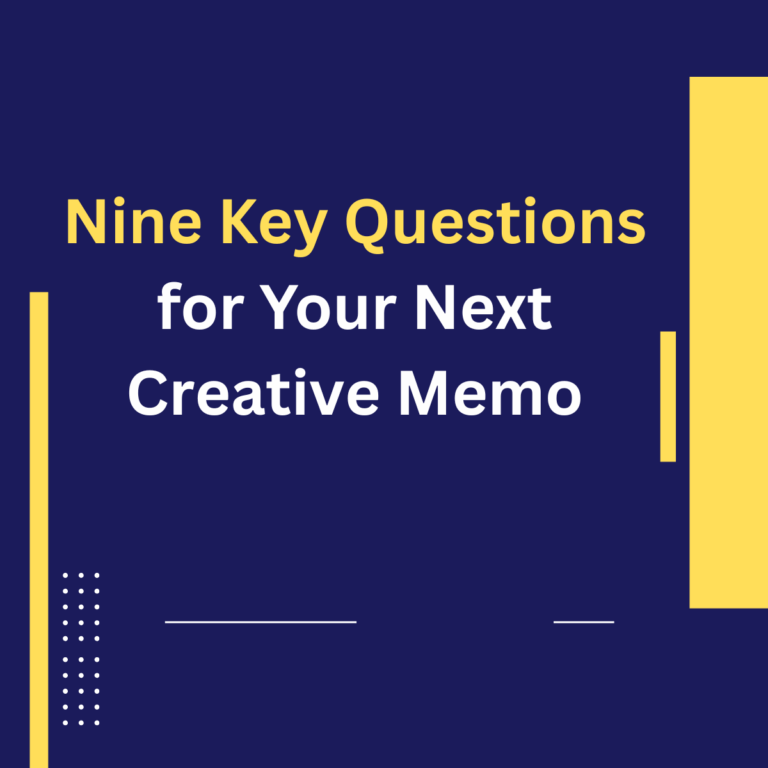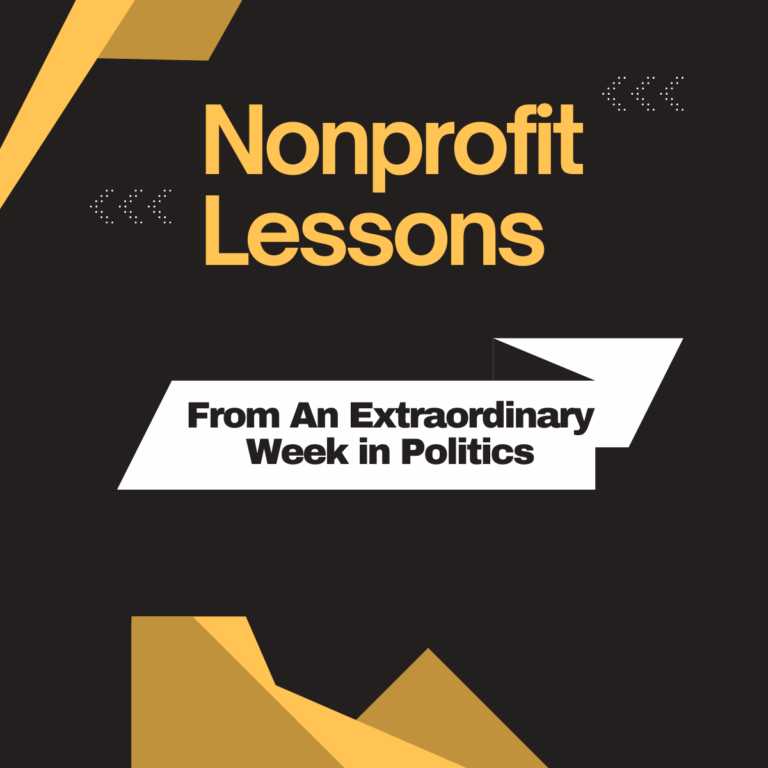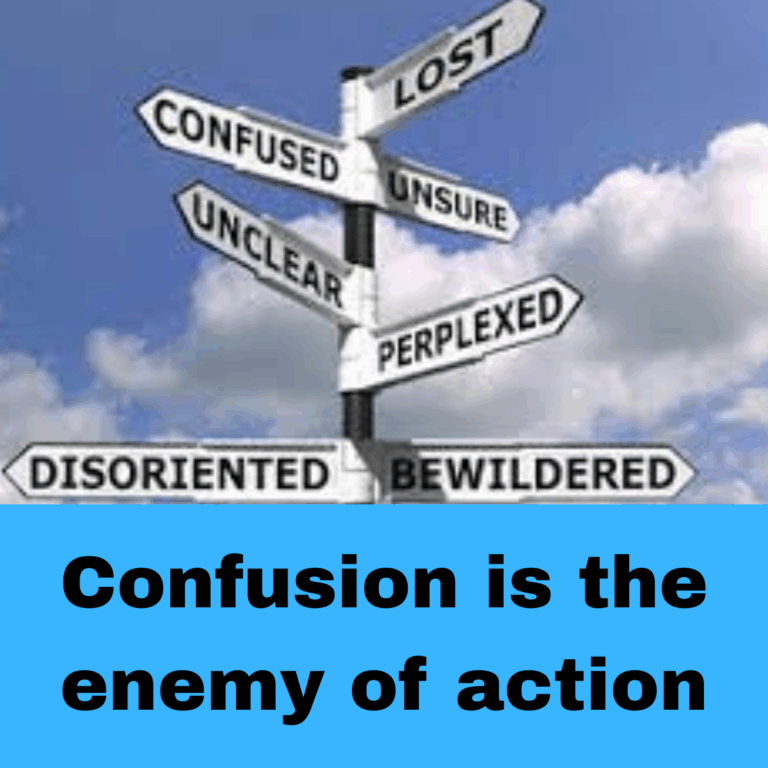I’ve spent my entire career straddling two related, but distinct, messaging arenas. I have long devoted myself to helping leading nonprofit groups communicate more persuasively. Simultaneously, I’ve devoted my energies to working with progressives and Democratic candidates on meeting messaging challenges on the electoral front.
So, aptly enough, today’s post explores what is currently a hot topic among Democratic strategists and examines how it can or should inform nonprofit communications efforts. I’m talking about the shifting media landscape and what has come to be called the attention economy.
In today’s memo, we’ll discuss how Democrats have failed to match GOP efforts to adapt to a climate in which attention has become, in the words of Chris Hayes, “the world’s most endangered resource.”
Then, we’ll examine how much of the Democratic attention deficit conversation translates over to the broader nonprofit world. And, as always, we’ll end with a series of specific takeaways to help guide nonprofit messaging efforts going forward.

Let’s ground the conversation in a few stats about the declining role of television and the pivot to digital content. Here’s how the Pew Research Center puts it. “In a fragmented media environment with seemingly endless sources of information to choose from, Americans’ news habits have changed dramatically in the 21st century.”
- Digital devices are, by far, the most common way Americans get news.
- A large majority of U.S. adults (86%) say they at least sometimes get news from a smartphone, computer or tablet, including 56% who say they do so often.
- A majority (64%) report that they at least sometimes get news from television.
- But the percentage of US adults that say they prefer getting news from television is in rapid decline by generation. It drops from 60% for those 65 plus all the way down to 12% for those ages 18 to 29. (The figure is 43% for ages 50 to 64 and 23% for ages 30 to 49.)
- According to Nielson Data, only 19.1% of TV viewing is now on broadcast channels.
As Democratic strategist Will Robinson puts it “The audience has migrated — to YouTube, TikTok, podcasts, Twitch, Discord, group chats — and they’re not coming back.”

As the stats make clear, TV is rapidly losing its ability to reach and persuade voters. But most major Democratic campaigns remain centered on raising massive amounts of money to fund a final weeks flood of TV ads.
Meanwhile Democratic candidates are advised to play it safe, often choosing to attract no attention at all over the risk of drawing a measure of negative attention.
Both approachs fly in the face of this reality: In 2025, achieving attention dominance is the key to electoral victory. Donald Trump proved it in 2024 dominating the attention economy by flooding the zone with one attention-getting moment after another.
And this year, Zohran Mamdani proved it again by winning an unlikely victory in the New York mayoral race with an endless array of brilliant, attention-getting social media splashes including a literal one diving into the freezing Hudson River to announce his plans for a rent freeze.
As Chris Hayes, author of The Siren’s Call: How Attention Became the World’s Most Endangered Resource, notes, Democrats can’t win back the country unless they “solve the fundamental problem of attention: attracting the attention of the voters you will need to win in an era when this attention can no longer be purchased in bulk from TV networks.”
Democrats need a new playbook. This isn’t the place to sketch that out in full. But here are a few key elements. Forward-looking Democratic campaigns must:
- Recognize that winning elections means winning the battle for attention.
- Shed the TV obsession and reach out to people on all the networks, channels and forums where attention now lives.
- Recruit candidates not for their name recognition or fundraising prowess, but for their attentional skills.
- Realize that excessive caution is a detriment in an environment where the total attention your campaign attracts is more important than studiously avoiding negative attention.

Many of the dynamics we’ve discussed translate directly to nonprofit communications. It’s not just about Democrats’ over-reliance on TV. The broader point is this: If nonprofits want to engage people, we have to first win their attention. And we can only do that by authentically reaching out to them in all the places where attention lives.
We have to recognize that tactics and approaches which once held their own in quieter, slower-paced times have stopped breaking through. It’s no longer the occasional media hit, the broad body of work story, or the once-a-year, shiny annual report that matter.
Indeed, nonprofits risk losing connection with our audiences unless we better understand how attention is earned, held and funneled into action in a fundamentally new context.
That said, there are some key differences. Here’s the most important one. Campaigns are about winning a short-term decision. But most nonprofits are about forging long-term relationships. So a campaign might have an incentive to maximize visibility and attention now, even if that may damage long-term trust. That’s a trade-off few nonprofits would be willing to accept.
With all this in mind, let’s conclude by looking at some specific attention economy takeaways for nonprofits.
TAKEAWAYS: Getting Nonprofit Messages
Across In the Attention Economy
- Will the content you’ve created attract and hold peoples’ attention? If you can’t honestly answer “yes,” reshape it.
- Remember that evoking emotion is the surest gateway to gaining attention.
- Be bold. In today’s landscape, safe messages are invisible. The fastest way to lose attention is to say nothing meaningful.
- Act like an architect of attention, not a broadcaster of information.
- Don’t confuse showy tactics that “trick” people into paying attention with authentic approaches that genuinely gain their focus.
- Use short-form content to gain initial attention as a gateway to a longer conversation.
- Always have a next step ready to funnel people into a deeper relationship.
- Ditch formal, institutional language for authentic, human conversations.
- Don’t be too cautious. Take measured risks in pursuit of attention.
- Shift from text to visuals that make people feel something in one glance.
- Design for “scroll-stopping.” What will make people stop, care and stay?
- Measure attention, not just distribution. Value engagement and action (shares, replies, watch time, conversions) over outputs (how much content sent).
- Recognize that older supporters still rely on legacy media. Don’t strand them.


